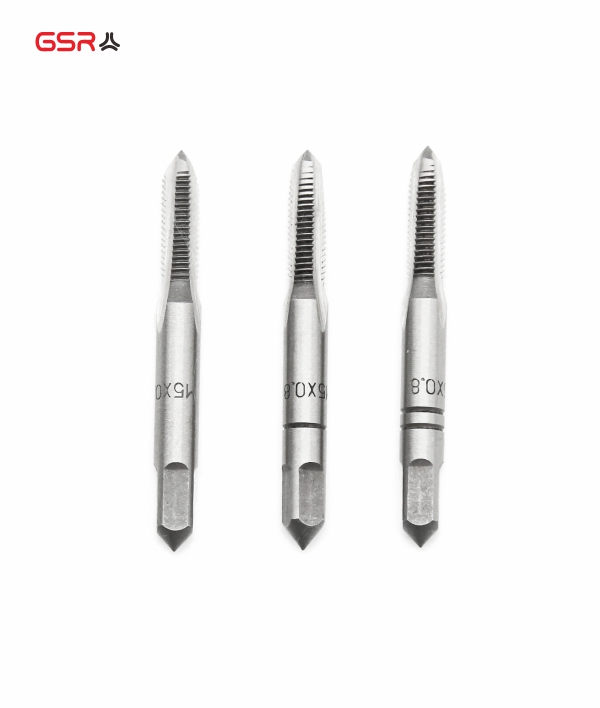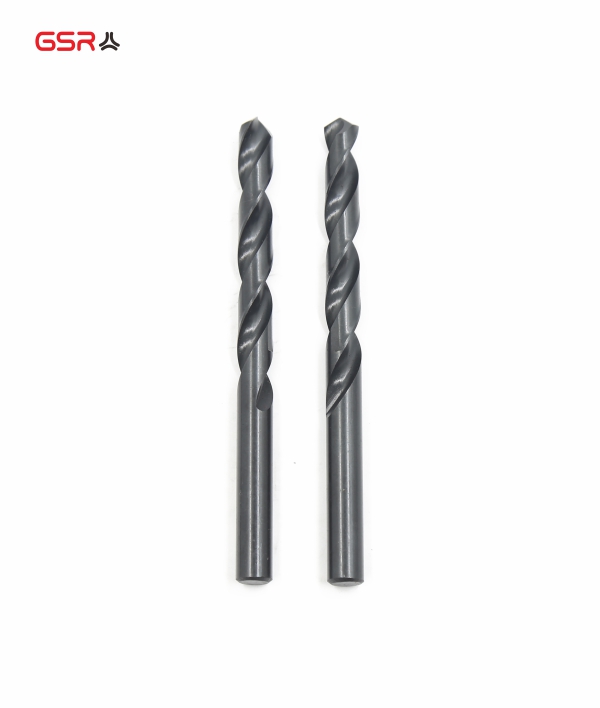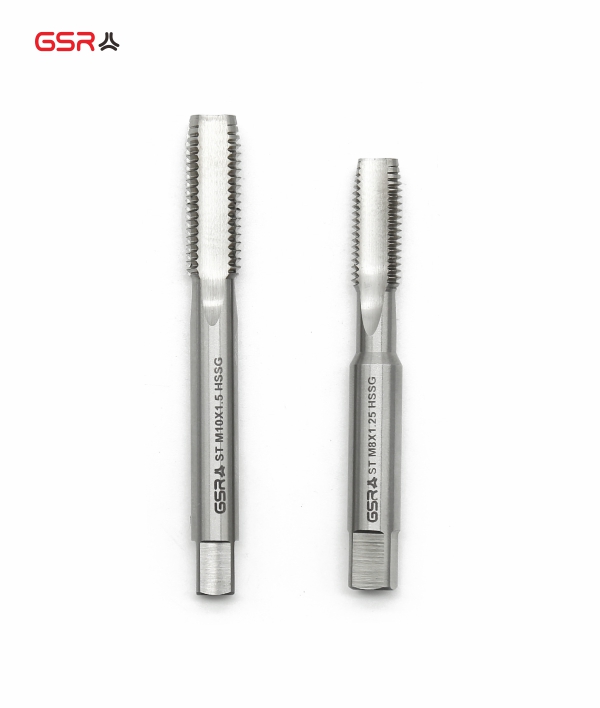Characteristics of different workpiece materials
Material may be the most familiar friend for machining industry partners, the characteristics of different materials will also make our tools suffer, today we share some of our commonly used parts of the material, and the relevant performance is also shared with you!
1. Low carbon steel
Carbon content: less than 0.25 per cent
Hardness: generally 120-180 HB
Properties:
Good plasticity and ductility: easy to weld and form, suitable for stamping and drawing processes.
Lower strength and hardness: suitable for structural parts such as bolts, nuts, plates and tubes.
Applications: construction, automotive industry, household appliances.
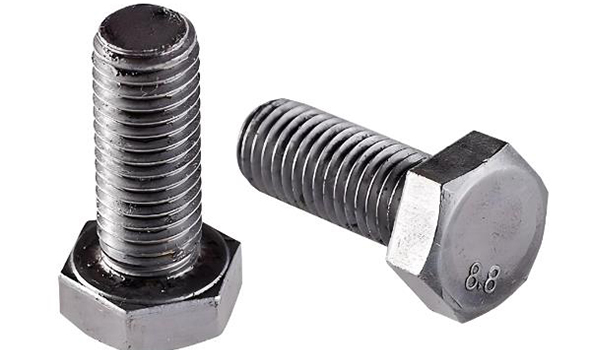
2. Medium carbon steel
Carbon content: 0.25 per cent - 0.60 per cent
Hardness: generally 180-230 HB
Performance:
Good overall performance: high intensity and hardness, good plasticity and toughness.
Heat treatable: properties can be adjusted by quenching and tempering.
Applications: mechanical parts, shafts, gears, connecting rods, etc.
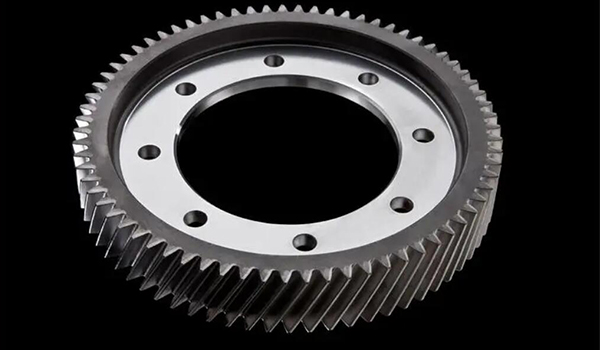
3. Low-alloy steel
Alloy content: 1-5 per cent
Hardness: generally 200-300 HB
Properties:
High strength and toughness: alloying elements improve the mechanical properties and corrosion resistance of the steel.
Good welding properties: suitable for manufacturing structural parts subject to high stress.
Applications: bridges, ships, vehicles and building structures.
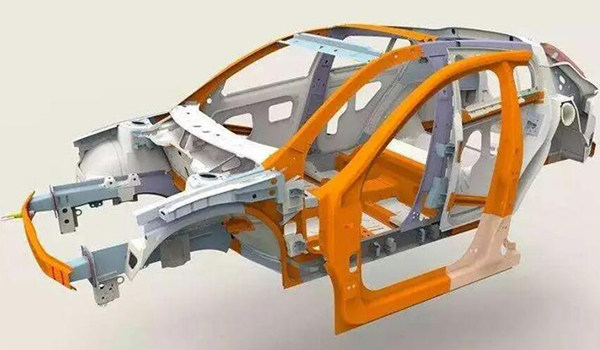
4. Die steel
Hardness: generally 300-450 HB
Properties:
High wear resistance and toughness: suitable for making moulds to withstand the impact and abrasion of repeated use.
Good heat treatment performance: the required hardness and toughness can be obtained through heat treatment.
Applications: injection moulds, die-casting moulds, stamping moulds.
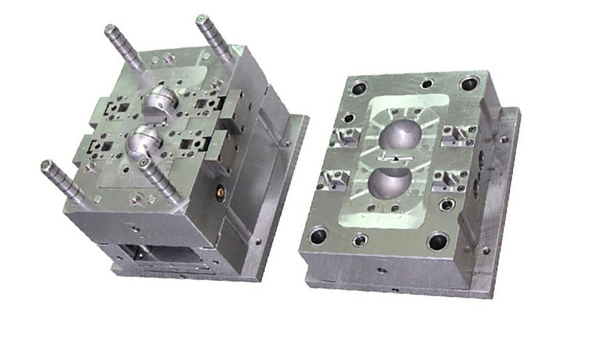
5. Hot-working die steel
Hardness: generally 40-55 HRC
Properties:
High-temperature strength and toughness: still maintain good hardness and wear resistance at high temperatures.
Good thermal fatigue resistance: suitable for the working environment of repeated heating and cooling at high temperature.
Applications: hot forging moulds, die casting moulds, extrusion moulds.
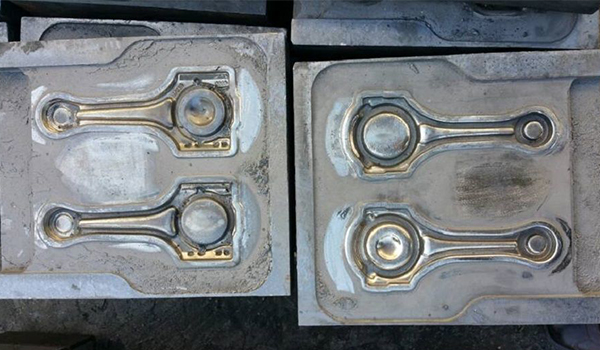
6. Martensitic stainless steel
Hardness: typically 48-58 HRC
Properties:
High strength and hardness: high hardness obtained by quenching and tempering treatment.
Corrosion resistance: Some corrosion resistance, but lower than austenitic stainless steels.
Applications: cutting tools, turbine blades, bearings, valves.
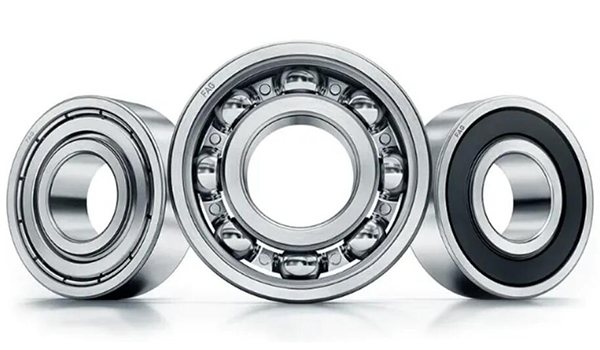
7. High-alloy steel
Alloy content: more than 10 per cent
Hardness: hardness varies depending on specific alloying elements
Properties:
High wear and corrosion resistance: the alloying elements substantially increase the integrated properties of the steel.
Special applications: Commonly used for parts in special environments.
Applications: aerospace, nuclear industry, chemical equipment.

8. Tool steel
Hardness: typically 60-65 HRC
Properties:
High hardness and wear resistance: suitable for the manufacture of cutting tools, moulds and stamping tools.
Good heat treatment properties: hardness and toughness can be adjusted by quenching and tempering.
Applications: cutting tools, gauges, moulds.
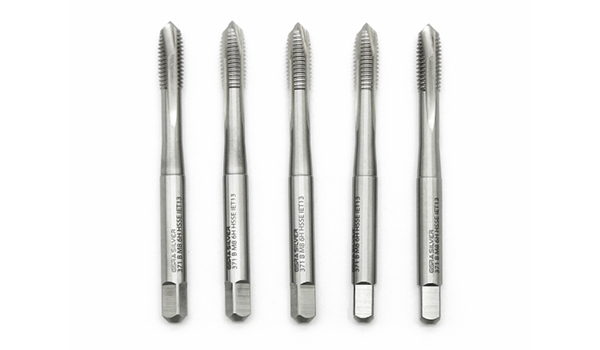
9. Bearing steel
Hardness: typically 58-64 HRC
Performance:
High hardness and wear resistance: ensure that bearings run for a long time without deformation.
High fatigue strength: suitable for high stress and high frequency movements.
Applications: Rolling bearings, balls and rollers.
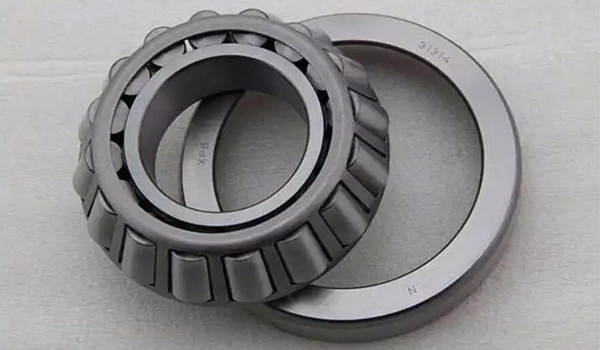
10. Wear-resistant steels
Hardness: typically 500-600 HB
Properties:
Very high wear resistance: suitable for use in highly abrasive environments.
Good toughness: able to withstand impact and pressure.
Applications: mining machinery, construction machinery, wear parts.
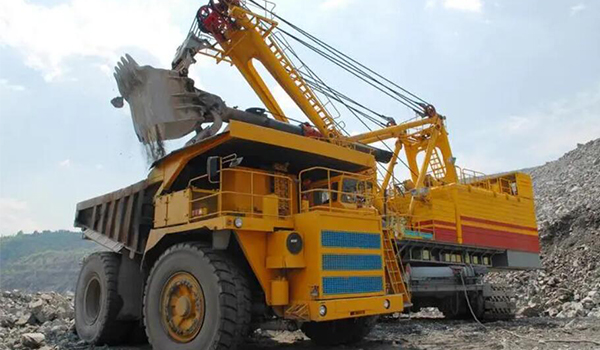
It is important to know what material the workpiece is made of in order to choose the right tap.
Otherwise, the tap will easily wear out or even break during machining.
Of course, we also need to take into account the specific processing conditions and status of processing equipment
We are always passionate about learning in this field and hope that our expertise can bring better sales to our customers!
For more information, visit us at www.gsrthreads.com






